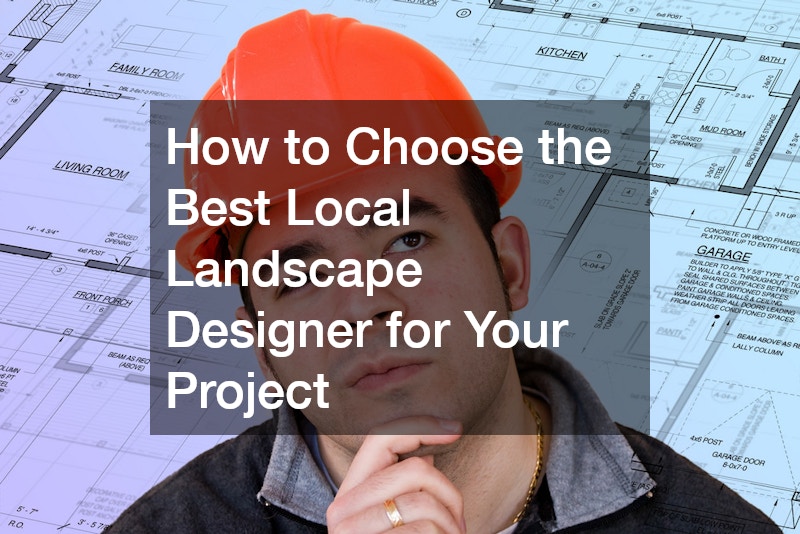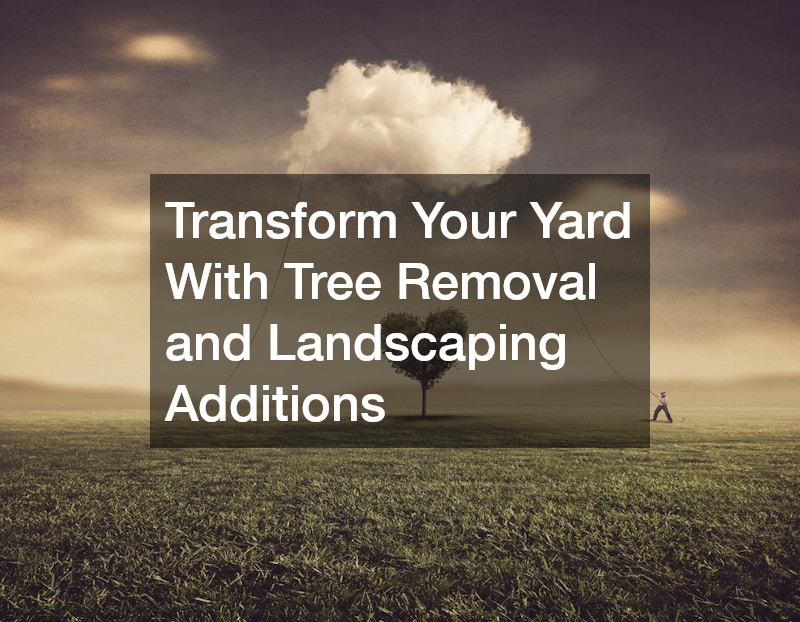Choosing the right local landscape designers can transform your space into a personal oasis, adding not only beauty but also value to your property. With many professionals available, it can be challenging to decide who to entrust with your vision. This guide will help you navigate the process of selecting the best local landscape designer for your project.
What Should I Look for in a Landscape Designer?
Qualifications and Experience
Understanding the educational background and the level of experience in the industry is crucial. Look for designers who have a degree in landscape architecture or a related field, as this can provide a strong foundation of knowledge and skills. Additionally, certifications from reputable organizations can be an indicator of professionalism and dedication to the craft.
Experience in the industry is just as important as formal education. A landscape designer with several years of hands-on experience is likely to have encountered a variety of challenges and developed effective solutions. Be sure to ask potential designers about their years in the business and any specialized skills or techniques they may have mastered.
Portfolio and Style
Reviewing the designers’ portfolios is an essential step in determining if their style matches your vision. A well-curated portfolio showcases the breadth of a designer’s capabilities and the quality of their work. Look for diversity in their projects, from small gardens to extensive landscapes, to gauge their versatility.
Pay attention to the details within the portfolio. The use of color, texture, and shape can indicate a designer’s artistic style and preference. If you find a project that resonates with you, ask the designer about the inspiration and process behind it to gain deeper insights into their creative approach.
Client Reviews and References
Reading client reviews and testimonials can provide you with a clearer picture of the designer’s reputation. Honest feedback from previous clients often highlights strengths and potential areas for improvement. Look for trends in reviews that might indicate consistent satisfaction or issues.
While reviews found online can be informative, speaking directly with past clients offers an even more accurate depiction of the designer’s performance. Ask about their experience working with the designer in terms of professionalism, communication, and adherence to the timeline. Satisfied clients are typically eager to share their positive experiences and may offer valuable insights.
Besides third-party reviews, ask the designer for references whom you can contact personally. A trustworthy designer will be transparent and willing to connect you with clients who have had successful project outcomes. This level of openness often reflects reliability and confidence in their work.
How Do Costs and Contractual Details Influence My Choice?
Understanding Pricing Structure
Cost is a major factor when selecting a landscape designer, and understanding their pricing structure is vital. Designers may charge an hourly rate, a fixed project fee, or a combination of both, depending on the complexity of the project. Discussing these pricing models upfront can prevent potential budget surprises and misunderstandings.
In addition to the pricing model, inquire about any additional costs that might arise. Knowing whether the quoted price includes materials, labor, and other expenses will help you estimate a more accurate budget. Also, consider the payment schedule and any deposits required before work begins.
Scope of Services
Understanding the scope of services included in the designer’s contract is crucial for aligning expectations. Some designers offer comprehensive packages that include design, implementation, and maintenance, whereas others might focus solely on the design aspect. Clarify whether additional tasks, such as plant selection or seasonal cleanup, will incur extra charges.
Determine what level of involvement you desire in the project. If you prefer a hands-on approach, look for designers who are open to collaboration and input throughout the process. On the other hand, if you wish to be less involved, a full-service designer who manages the project end-to-end might be a better fit.
Contract Terms and Communication
Carefully reviewing contract terms is essential before starting any project. Focus on aspects like timelines, payment schedules, and milestones, as these define the project’s progress and completion. These terms must align with your expectations and timelines.
Reliable communication is key to a successful collaboration. Assess the designer’s communication style and responsiveness during initial meetings, as this will likely reflect their engagement throughout the project. Establish a preferred communication method, such as email or regular site meetings, to stay updated on the project’s progress.
Finding the right landscape designer is a critical step in realizing your outdoor vision. By taking the time to research and communicate effectively with potential designers, you pave the way for a beautiful and functional outdoor space.
.





